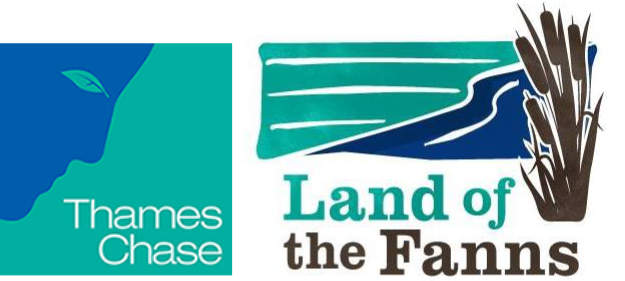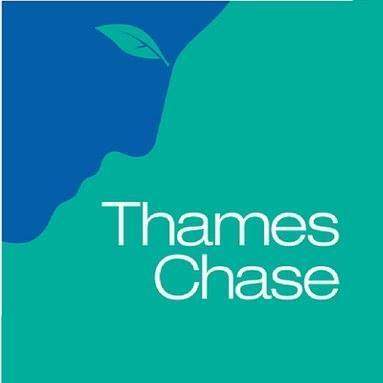About this historic building
This is the Church of St Peter and St Paul, located in Horndon on the Hill. The church was built in the MEDIEVAL (1066-1509) period.
During medieval times, almost everyone in England were Christians following the Roman Catholic religion. They believed in the Christian God and heaven and hell. The village church would have been the centre of the community. Every villager would have attended church services (which were in Latin!) and the priest would have been a very important and influential member of the community. The church and its churchyard would also have been used as a meeting place for local people. Villagers would have given a tithe, a tenth of the food they grew, to the Church too.
KEY FACTS
The Church of St Peter and St Paul is a local landmark and occupies an important position at the highest point of the hill in the village. Parts of the church were built in the 13th century (1200s).
The church is named after 2 apostles: St Peter and St Paul. From the reign of King Edward I (1272-1307), the village celebrated a feast for these two saints. This feast and fair is still celebrated today on the 29th June. Look out for the ‘Horndon Beauty’ – a fondly named gargoyle!
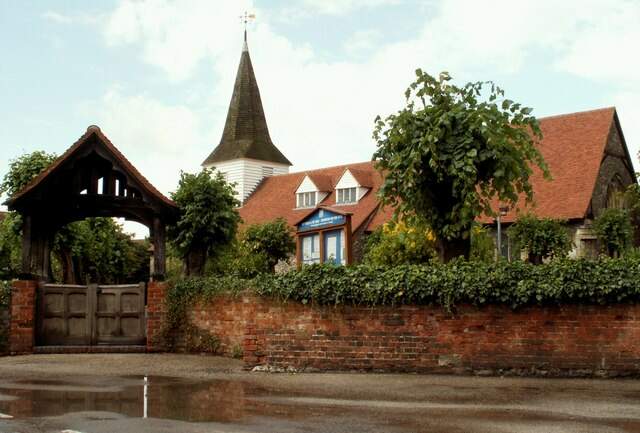
Image: St. Peter & St. Paul church at Horndon on the Hill © Robert Edwards
Think like a buildings archaeologist:
Sketch the outside of Upminster Windmill
Buildings archaeologists look carefully at the materials historic buildings are made from, and the different construction techniques used, to work out how old a building is, if it has been repaired, and how it has changed over time.
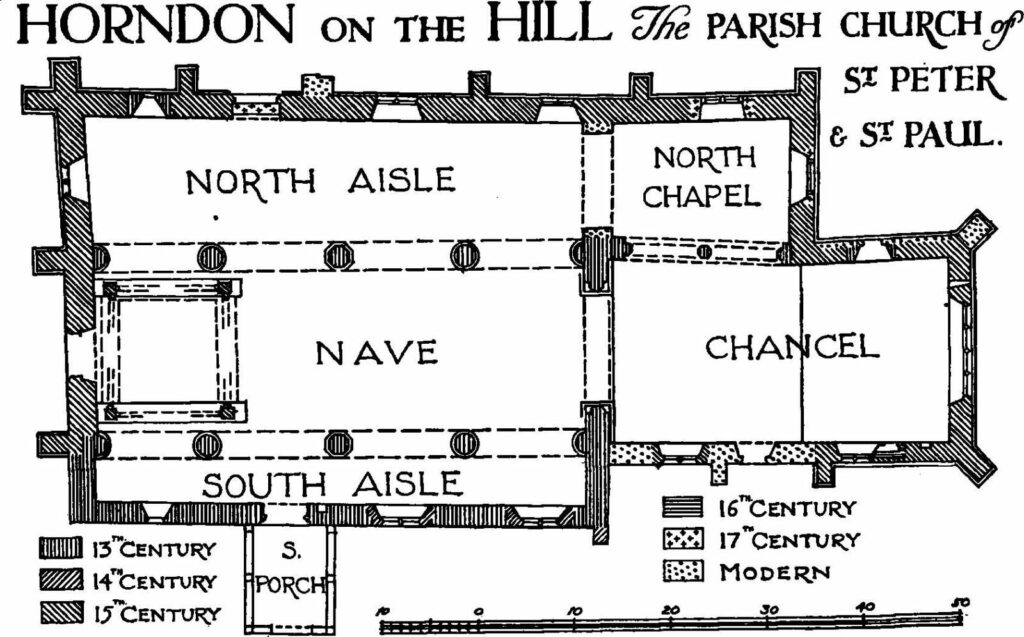
Plan of Horndon on the Hill, the Parish Church of St. Peter & St. Paul. © British History Online 2022
Like many churches, the Church of St Peter and St Paul has changed over time. You can tell which parts of the church are older and which are modern by looking at this birds-eye plan (it shows the church as if you were looking down at it from above).
Print out the plan of the church and look very closely at the key, you’ll see that there are different patterns to show the ages of different parts of the church.
Pick a colour for each box in the key and carefully colour in the matching pattern on the plan, for example, the 13th century box in the key has vertical stripes and so you would need to colour in all the parts of the plan with vertical stripes the same colour.
13th century = 1200s, 14th century = 1300s, 15th century = 1400s, 16th century= 1500s, 17th century = 1600s, modern = 1700s to now
Which is the oldest part of the church? How has the size of the church changed over time? Has it got bigger or smaller? Why do you think this is?
If you visit the church, look at its walls from the outside, can you see any old doorways or windows which have been blocked up with stone, brick, or tile on purpose as the design of the building has changed over time?
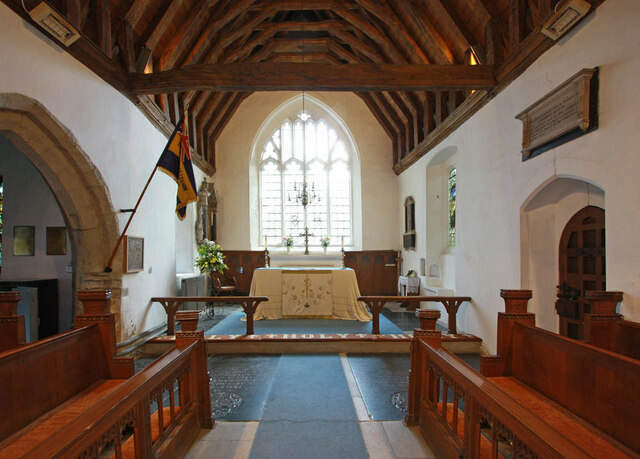
Chancel, St Peter & Paul Church © John Salmon
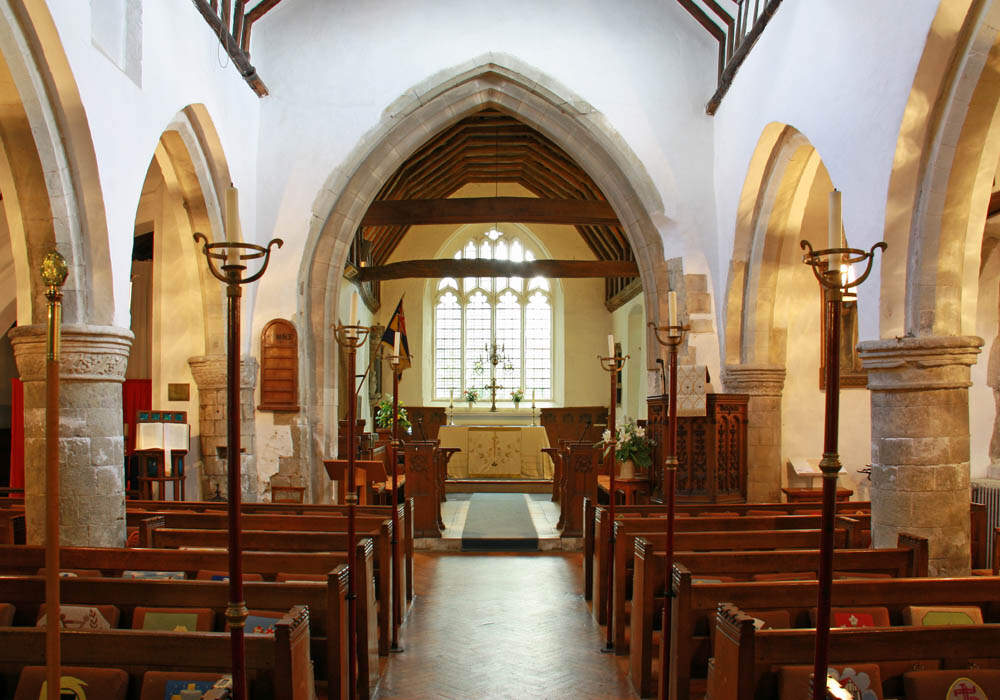
Nave, St Peter & Paul Church © John Salmon
Key vocabulary:
Horndon on the Hill Church��
Nave
The central corridor, which takes you towards the chancel. The words comes from the Latin word navis, which means the central part of a ship. At the Church of St Peter and Paul, two rows of columns help to support the church’s roof.
Chancel
The area which usually accommodates the choir and the area around the altar. In this church, you walk east to get to the chancel and the alter. The word comes from the Latin word for ‘Lattice’ cancellus as this area was often screened off for important members of the church and powerful landowners.
Aisle
The corridors either side of the nave and chancel- the word here comes from the French and Latin word for ‘wing’ (ala). If the nave and chancel form the main ‘body’ of the church, the aisles are the ‘wings’.
Chapel
A smaller space for prayer, with its own alter, within a larger church.
